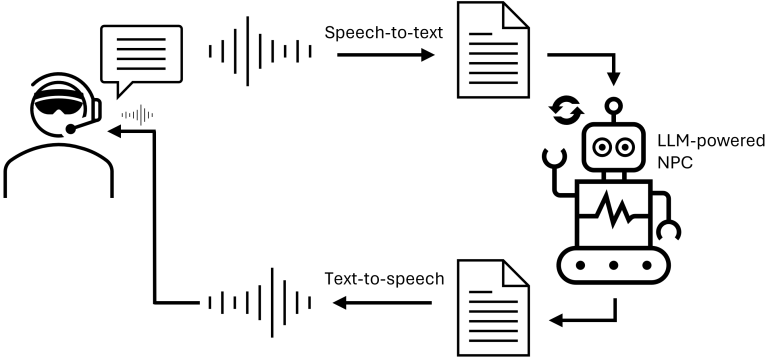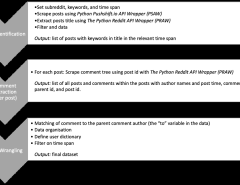Authors: Efe Bozkir, Süleyman Özdel, Ka Hei Carrie Lau, Mengdi Wang, Hong Gao, Enkelejda Kasneci
Published on: February 06, 2024
Impact Score: 8.3
Arxiv code: Arxiv:2402.03907
Summary
- What is new: This paper introduces the novel concept of embedding large language models (LLMs) into extended reality (XR) environments to create more inclusive, engaging, and interactive experiences. It also addresses potential privacy concerns with this integration.
- Why this is important: Most non-player characters in XR environments are operated using pre-scripted interactions or conventional AI, limiting the inclusivity and engagement of these experiences.
- What the research proposes: The paper proposes using LLMs in XR to allow for more natural interactions through prompt engineering and fine-tuning according to user profiles, enhancing the diversity and engagement of XR experiences.
- Results: The paper speculates that LLMs can make XR more engaging and used in everyday life, though it also raises potential privacy issues that need investigation.
Technical Details
Technological frameworks used: nan
Models used: Large Language Models (LLMs)
Data used: User profiles, biometric data from XR device sensors
Potential Impact
This research could impact the XR device market, specifically companies developing VR and AR technologies and applications. It may also interest businesses focused on improving user engagement through interactive technologies.
Want to implement this idea in a business?
We have generated a startup concept here: ImmerseAI.




Leave a Reply